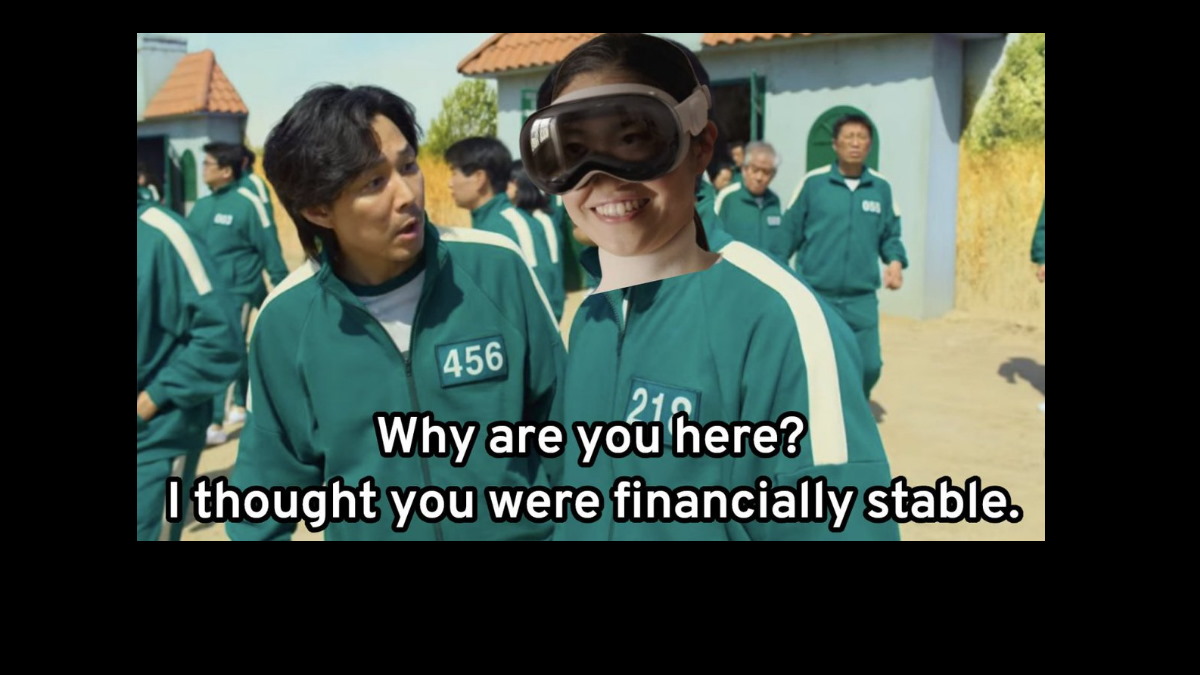[adrotate group=”9″]
Convention hall W5 at Mobile World Congress Shanghai 2018 was filled with many different use cases for the HTC Vive VR Headset. From people playing with light sabers to hitting a ball with a bat, virtual reality technology dominated W5. Sfera.one dared to be different, showcasing their non-headset dependent location-based virtual reality (LBVR) experience. #mwcs18 #ttllive
Using 8 nodes attached to the body and a set of cameras, Sfera.one’s LBVR solution tracks full-body motion almost without lag. While the system is advertised as being able to track around 5 people in a 100 m2 to 1000 m2 area, a spokesperson at the company’s booth claimed it was possible to use the system to fully body track 200 people as long as everyone was rigged up properly.
✍VR Experience by Oscar-Winning Director Puts You in the Shoes of Fleeing Immigrants✍
This full body tracking solution originally started as just gloves. The Senso gloves, each attached to a node, were then used to practice precise medical motions in a virtual environment. However, companies wanted to scale up the product, resulting in the full body tracking solution available now.
The solution itself comes with all the hardware and software needed to work straight out of the box. Additionally, it comes with a management platform, growing games library, marketing support, and more. The entire package, including equipment, construction and decor, and other charges comes out to $70,000. While the cost may seem steep, it is one of the most affordable solutions as almost 2 times lower overall cost on average.
If you or your company is interested in employing this LBVR solution, you can check it out on their website.
✍CES 2018: FotoNation Brings Iris Recognition To VR and AR Experiences✍
Follow TechTheLead on Google News to get the news first.






















